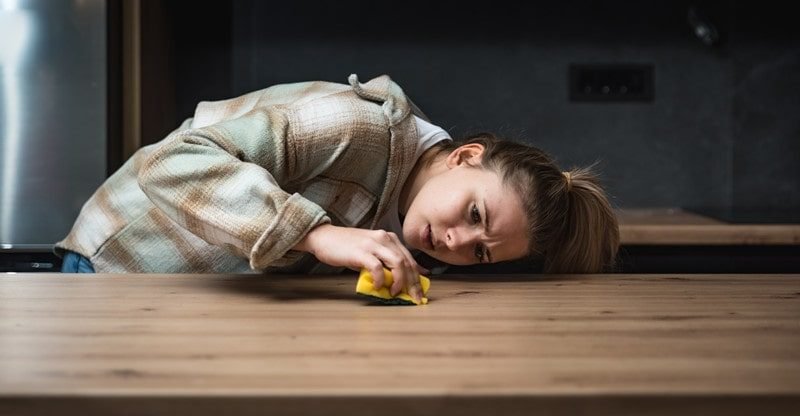
The COVID-19 pandemic was life-shifting for everybody around the globe. Whether or not you took the worldwide shutdown as an opportunity to reevaluate your priorities and reside life extra totally, or concern grew to become a daily a part of your day, the pandemic affected you indirectly. How impactful and long-lasting these modifications grew to become could not have been apparent till you tried to return to your “new regular” life.
Now that the majority of us have adjusted to the post-pandemic shift, specialists have seen a rise in studies of neurodivergence and OCD. Many college students and workers acquired so used to a web-based world that returning to in-person lessons and jobs grew to become traumatic.
How has the brand new, pandemic-affected world turned up the dial and elevated the prevalence of OCD? Let’s dig into these statistics right here.
What’s OCD?
Definitions of psychological problems change relying on the DSM model in use by psychologists on the time. At present, the usual of reference is the Diagnostic and Statistical Handbook of Psychological Issues (DSM-V-TR).
Per that definition, obsessive-compulsive dysfunction (OCD) refers to those that expertise the presence of obsessions or compulsions, consuming not less than one hour every day or inflicting main misery or dysfunction to the affected particular person’s life.
Obsessions are anxiety-inducing ideas which are tough to push out of your head. Compulsions are particular behaviors or psychological acts that an individual repeats again and again in response to a self-made rule that’s created to scale back nervousness or maintain one thing undesirable from occurring.
It’s one factor to have a practical concern that causes you to double- and triple-check your environment for security causes. However once they turn out to be compulsive and obsessive, taking additional day trip of your day and inflicting misery in the event that they aren’t accomplished, you possible have OCD.
The Rise of OCD
Pandemic headlines shouted the necessity for excessive care as a part of the COVID-19 security precautions. In the event you weren’t diligent about washing your arms, carrying your masks, and avoiding contact with others, you could possibly, fairly actually, kill them by spreading a lethal germ.
Now that we all know extra about how the virus acts and have it below management, the behaviors we adopted to maintain these round us secure have morphed into compulsions for a lot of. Research present that because the pandemic, 38.6% of the inhabitants has proven extreme signs of OCD, versus 15.3% pre-pandemic charges.
These research reviewed dozens of scientific analysis articles, case studies, and tips on numerous grownup sufferers with OCD signs. The outcomes have been clear: whether or not or not an individual had OCD earlier than the pandemic, their obsessive-compulsive behaviors elevated considerably after the worldwide shutdown.
In search of Assist for OCD
With this substantial spike within the charges of OCD throughout the overall inhabitants, it’s very important that the general public is made conscious of the hazards and signs of this situation. Whereas the behaviors themselves might not be dangerous, OCD can forestall an individual from residing a standard life, and the concern of the results of not following via with a compulsion could result in hurt.
OCD is on the rise. In the event you or somebody you like has developed obsessive-compulsive habits because the pandemic, attain out to an expert for assist.




